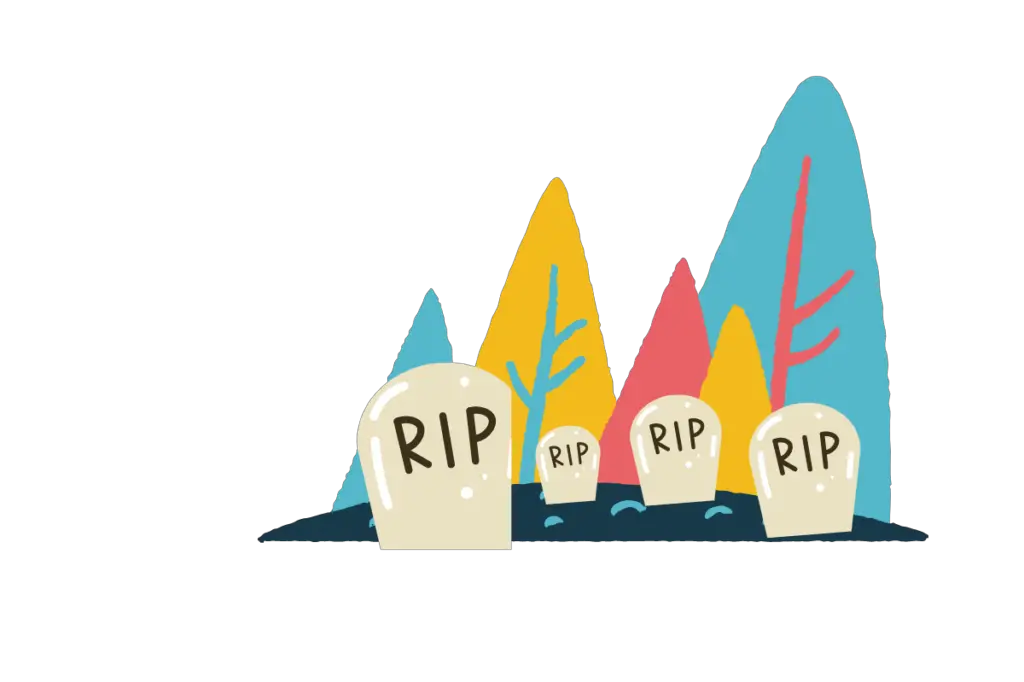Commercial Banks In India Are Broadly Classified Into Three Categories:-
PUBLIC SECTOR BANKS:
It refers to a situation of majority equity stake in the bank is hold by government.
Indian government keeps only 51% shareholding, and it includes the STATE BANK OF INDIA, its Associates, Nationalised Banks.
PRIVATE SECTOR:
In this, the individual and corporations are the majority shareholders. In India Banks were Nationalized in two phases, in 1969 are 1980. Some of the major Commercial Banks in India that were given licenses are ICICI BANK, HDFC Bank, Axis Bank, yes Bank, and Kotak Mahindra Bank.
This Banks recognized by the new generation, and it providing innovative products, better IT support systems, and competitive pricing for their product.
FOREIGN BANKS:
This Bank serves as an important segment and it is a final category of Bank in the Commercial Banking Sector. Its headquarters outside India. These Banks include Royal Bank of Scotland, Bank of America, Barclays Banks Deutsche Bank, etc.
Index:
State Bank of India (SBI):
SBI is the oldest or largest Public Sector Bank in India, and now a Fortune 500 Company. This Bank is also the country’s biggest lender. SBI is also present in Bahrain, Hong Kong, and Dubai. It is a new generation public sector bank and it provides a wide range of services.
SBI products include consumer Banking, Corporate Banking, Finance Insurance, Investment Banking, Mortgage Loan, Private Banking, Private Equity, Saving, Securities, Asset Management, Wealth Management, Credit Card.
On 15 February 2017, the union cabinet approved the merger of five associate Banks with SBI and the merger went into effect 1 April 2017.

SBI is a public sector bank that was founded on 2nd June 1806 as Bank of Calcutta. Later renamed as Imperial Bank of India and finally in 1995 as State Bank of India. SBI has 85,356 Branches, 59,291 ATMS, total assets of ₹, 3046499.14 crores, and a Market Capitalisation of ₹, 293218.11 crores.
HDFC Bank:
HDFC bank was founded in 1994 and headquartered at Mumbai. HDFC Bank merged with times Banking February 2000. This was the first merger of two private Banks in the New generation private sector banks category.

HDFC has 5314 Branches, 13160 ATMs, 104154 employees, and a Market Capitalisation of ₹, 625666.08 crores.
ICICI Bank:
ICICI Bank was founded in 1994 and headquartered in Mumbai. ICICI Bank is India’s largest Private Sector Bank. ICICI products include Credit Card, Consumer Banking, Corporate Banking, Finance and Insurance, Investment Banking, Mortgage Loan, Private Banking, Wealth Management, Personal Loans, Payment Solutions.
In October 2001, the boards of directors of ICICI and ICICI Bank approved the merger of ICICI and two of its wholly owned retail finance subsidiaries, ICICI Capital Services Limited, with ICICI Bank.

ICICI Bank has 5275 branches, 15589 ATMs, total assets of ₹, 1007068 crores, and a Market Capitalisation of ₹, 256205.53 crores.
Kotak Mahindra Bank:
Kotak Mahindra Bank was founded in 2003 and headquartered in Mumbai. Kotak Mahindra Bank is considered one of the upcoming commercial Banks in India. According to Market Capitalisation, it is the fourth biggest Private Sector Bank in the country.

Kotak Mahindra merged with INC VYSYA BANK in 2016. Bank has 1350 branches, 2163 ATMs, and a Market Capitalisation of ₹, 255537.49 Crores.
IndusInd Bank:
IndusInd Bank was founded in 1994 and headquartered in Pune. This Bank was founded by Hinduja Group and it is Universal Bank. At IndusInd Bank, they believe that ‘Good Ecology is the Good Economics’. They will continue to create value for all their stakeholders and emerge as a ‘ Best-in-Class ’ Bank that is committed to sustainable economic growth.
IndusInd products include Credit Card, Car loan, Gold loan, Home loan, loan against property.

IndusInd Bank has 1558 branches, 2543 ATMs, total assets of ₹, 188512.86 Crore, and a Market Capitalisation of ₹, 107064.08 crores.
Bank of Baroda:
Bank of Baroda is a public sector bank has origin in 1908 and headquartered in Vadodara, Gujrat. Bank of Baroda products include CreditCard, Consumer Banking, Corporate Banking, Finance and Insurance, Investment Banking, Mortgage Loan, Market Banking, Private Equity, Wealth Management.

Bank of Baroda has 9500 branches, 13400 ATMs, total assets of ₹, 63993.82 Crore, and a Market Capitalisation of ₹, 35251.50 crores.
This Bank is also known as India’s International Bank, and it ranked is 1145th on the Forbes Global 2000 list. It is the third-largest Public Sector Bank in India. The government of India announced the merger of Bank of Baroda, Vijay Bank, and Dena Bank on 17 September 2018.
Exams to get a job in Bank of Baroda: IBPS PO, IBPS Clerk, IBPS SO, BOB SO, BOB PO.
Yes Bank:
YES Bank is a private sector bank that was founded in 2004 and headquartered in Mumbai. The Yes Bank was founded by Mr. Rana Kapoor and Mr. Ashok Kapoor. It is known as Full-Service Commercial Bank. It offers a wide range of Banking and Financial Product and for corporate and retail customers through retail banking and asset management Services.
Yes Bank products include Investment Banking Solutions, yes Property purchase Credit Card, yes First Corporate Credit Card loans, Surplus, and Investments, Debt Capital Market, Digital Banking.

Yes Bank has 1000 branches, 1800 ATMs, total assets of ₹, 301390 Crore, and a Market Capitalisation of ₹, 36705.44 crores.
Punjab National Bank:
Punjab National Bank is a public sector bank that was founded in 1895. The PNB started operation on 12 April 1995, with Sh. Dayal Singh Majithia as the first chairman, Lala Harikishan Lal, first secretary to the Board, and Shri Bulki Ram Shastri Barrister at Lahore as the Manager.PNB has a Banking Subsidiary in the UK. PNB International Bank with seven Branches in the UK.

PNB products include Credit Card, Consumer Banking, Corporate Banking, Finance and Insurance, Investment Banking, Mortgage loan, Private Banking, Private Equity, Wealth Management.
Punjab National Bank has 7036 branches, 8906 ATMs, total assets of ₹, 774949 Crore, and a Market Capitalisation of ₹, 37411.52 crores.
Bank of India:
Bank of India is a public sector bank that was founded in 1906. The Bank of India is one of the founding members of the Society for Worldwide Interbank Financial Telecommunication (SWIFT).
It International footprints located in London, New York, Tokyo, Paris, Singapore, and Hong Kong Account for Approximately 17.82% of B.O.I total business. Bank of India products include Commercial Banking, Retail Banking, Private Banking, Asset Management, Mortgage, Credit Cards.

Bank of India has 5100 branches, 1727 ATMs, total assets of 6.31 lakh Crore, and a Market Capitalisation of ₹, 28464.06 crores.
Axis Bank:
Axis Bank is the third-largest Private Sector Bank in India after ICICI Bank and HDFC Bank. The Bank was promoted in 1993, jointly by Specified Undertaking of Unit Trust of India (SUUTI).
Axis Bank products include Credit Card, Consumer Banking, Corporate Banking, Finance and Insurance, Investment Banking, mortgage loan, Private Banking, Private Equity, Wealth Management.

Axis Bank has 4050 branches, 11801 ATMs, total assets of 8.00997 Crore, and a Market Capitalisation of ₹, 197360.89 crores.
Do tell us what you think!
Did we miss something? Come on! Tell us what you think of our article in the comment section.
Also, do check useful Startup Resources and Tools below and do join our newsletter 📰 for free for more interesting Business Case Studies 💰, Startup knowledge 🚀, and Startup founders podcast 🎙️ delivered to your inbox every Sunday morning.
Do follow us:
Related Articles:
- Signal Messaging App: How it works and makes money?
- Doorbot (Ring): What Happened After Shark Tank?
- Elephant Chat: What Happened After Shark Tank?
- Minus Cal: What Happened After Shark Tank?
- Toygaroo: What Happened After Shark Tank?
- Beer Blizzard: What Happened After Shark Tank?
- Grill Charms: What Happened After Shark Tank?
What are the categories in Commercial Banks?
Commercial Banks In India Are Broadly Classified Into Three Categories: Private, Public and Foreign Banks.
Which is the largest Public Sector Bank in India?
SBI is the oldest or largest Public Sector Bank in India, and now a Fortune 500 Company. This Bank is also the country’s biggest lender.




